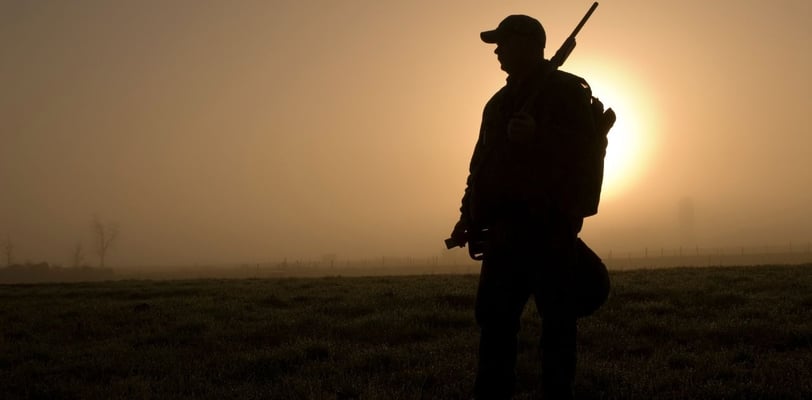The Ethics of Deer Management in the UK: Why Culling is Necessary for Conservation & Sustainability
Deer are an iconic part of the UK’s natural landscape, with species such as red, roe, fallow, muntjac, sika, and Chinese water deer found across the country. However, with no natural predators, rising populations, and increasing human-wildlife conflicts, deer management has become a necessary part of conservation efforts. But is culling ethical? What are the alternatives? And how can we balance deer welfare, ecosystem health, and sustainable food sourcing? This article explores the ethical considerations of deer management in the UK, touching on the history of deer populations, the role of natural predators (including humans), deer welfare, and venison as a sustainable food source.
A Brief History of Deer in the UK
Deer have been present in Britain since the last Ice Age, but human activity has significantly shaped their populations. The UK has six species of deer, of which only two (red and roe) are truly native. The others were introduced for hunting, ornamental purposes, and farming:
Red Deer – Native, mainly found in Scotland and parts of England.
Roe Deer – Native, once nearly extinct in England but has recovered well.
Fallow Deer – Introduced by the Normans in the 11th century, now widespread.
Sika Deer – Introduced in the 19th century, mainly in Scotland, Dorset, and parts of Northern Ireland.
Muntjac Deer – Introduced from China in the early 20th century; rapidly expanding.
Chinese Water Deer – Introduced in the early 20th century, mostly found in East Anglia.\
Unlike mainland Europe, where predators like wolves and lynx help regulate deer numbers, the UK has no natural predators for deer. In the past, human hunting and culling played this role, but today, the decline of traditional hunting practices has led to surging deer populations, damaged woodlands, and increased road accidents.
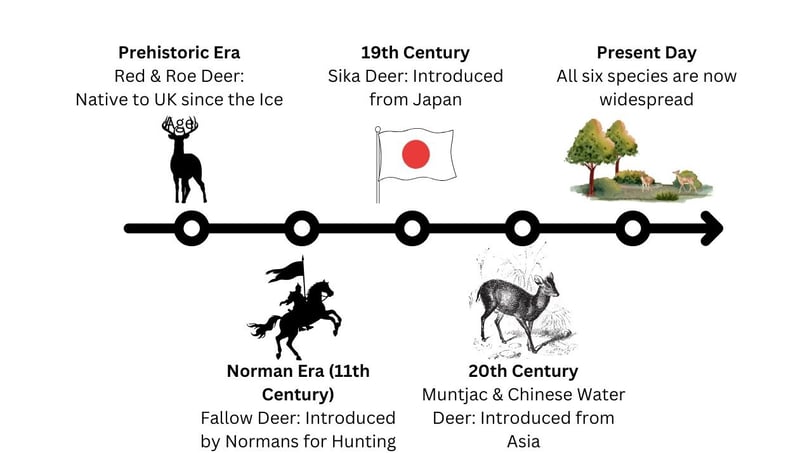

The Role of Natural Predators (Including Humans)
Unlike mainland Europe, where wolves and lynx help regulate deer populations, the UK has no large predators left. Historically, humans have always played this role, hunting deer for food and materials for thousands of years. Without human-led deer management, populations grow unchecked, leading to starvation, disease, and environmental damage. In the modern landscape, ethical culling continues this natural balance, ensuring healthy populations and sustainable land use.
Reintroducing large predators is not a practical solution due to:
High human population density – Wolves require vast, uninterrupted wilderness.
Fragmented landscapes – Deer live across farmland, estates, and urban edges.
Livestock farming risks – Predators would also kill sheep, creating new conflicts.
With no natural population control, deer numbers can spiral out of control, leading to:
Overgrazing and woodland destruction, preventing forest regeneration.
Increased vehicle collisions, with over 74,000 deer-related accidents per year (Forestry Commission).
Weakened herd health, as malnourished deer struggle to survive winters.
Ethical deer culling ensures populations remain healthy and ecosystems stay balanced—a responsibility that, in the absence of large predators, falls to humans as the natural apex predator.
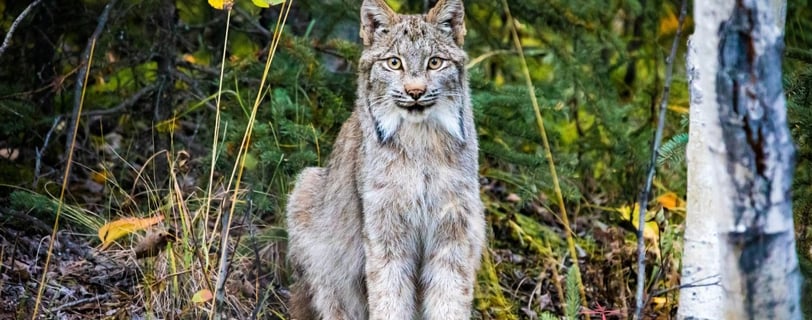

Deer Welfare: Why Ethical Culling is Necessary
Some people oppose deer culling, believing it is cruel. But the reality is that uncontrolled populations suffer more from:
Starvation – Overcrowding leads to malnutrition, especially in winter.
Disease outbreaks – Overpopulation increases TB, parasites, and Chronic Wasting Disease (CWD).
Poor genetic quality – Weak, sickly deer continue breeding without selective culling.
What Does Ethical Culling Look Like?
Carried out by trained professionals to ensure quick, humane kills.
Precise shot placement (head/heart-lung) for instant death, minimising suffering.
Targeting weaker or excess individuals, ensuring a healthy, sustainable herd.
Without human intervention, deer populations outgrow their habitat, leading to more suffering, weaker genetics, and long-term ecosystem damage.
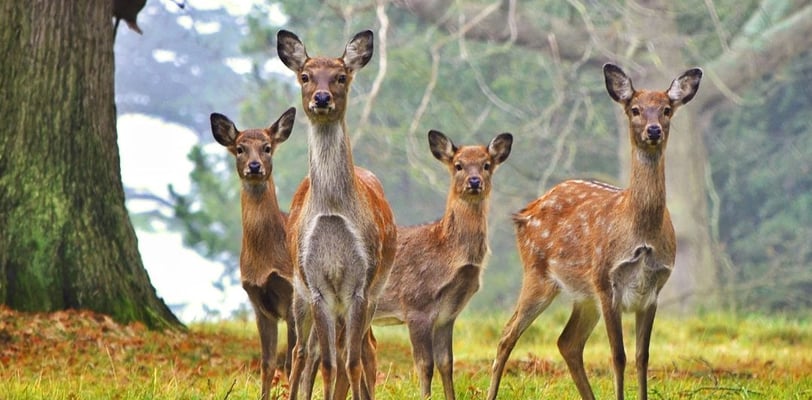

Venison: A Sustainable & Ethical Protein Source
One of the most overlooked benefits of deer management is that it provides one of the most ethical and sustainable meat sources available.
Unlike farmed meat:
Venison is wild and free-range, not intensively farmed.
No mass feedlots, antibiotics, or artificial breeding.
Culled deer are fully utilised, reducing food waste.
Venison for Food Banks – The Work of SJ Hunt & The Country Food Trust
At the High Weald Deer Conference, which we attended earlier this month, SJ Hunt of The Country Food Trust shared how their organisation is working directly with deer stalkers across the UK, providing a fair fee for carcasses and processing venison into nutritious mince. This venison is then distributed to food banks and community projects, helping to provide a sustainable, high-quality protein source for those in need.
With UK deer numbers rising and the need for sustainable food sources growing, venison offers a practical, ethical solution that benefits both wildlife conservation and food security.
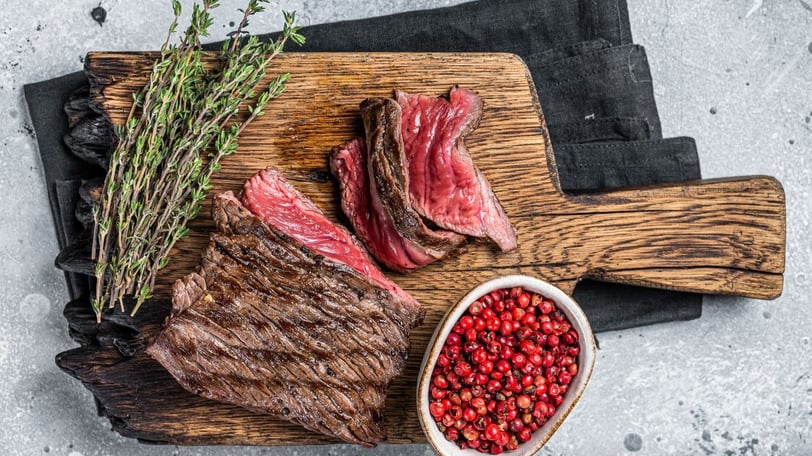

Frequently Asked Questions (FAQs) About Ethical Deer Management
🔹 Is deer culling legal in the UK?
Yes, deer culling is legal under UK wildlife laws and regulated to ensure humane and ethical practices. The Deer Act 1991 governs culling in England and Wales.
🔹 What is the most humane way to cull deer?
Shooting by a trained marksman is the most ethical method, ensuring an instantaneous, humane kill.
🔹 Why can’t we let nature control deer populations?
The UK has no natural predators like wolves or lynx. Without human intervention, deer numbers would explode, causing starvation, disease, and environmental damage.
🔹 Is venison an ethical meat choice?
Yes! Venison is wild, sustainable, and has a lower carbon footprint than farmed meats. Using culled deer for food ensures zero waste.
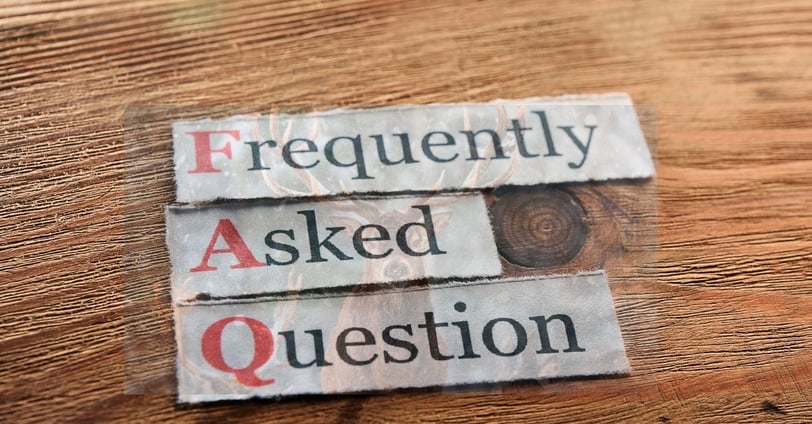

Final Thoughts: Why Responsible Deer Management is Ethical
Culling is not just necessary—it is ethical. Without it, deer would suffer from starvation, disease, and ecosystem collapse.
Venison is one of the most sustainable meats available. Ethical culling ensures that deer are fully utilised for food.
Rewilding is not a realistic solution for the UK. In the absence of natural predators, humans must take responsibility for population control.
At Deer Services UK, we provide ethical deer management solutions that support landowners, conservation, and sustainable venison production.
📩 Need expert deer management advice? Get in touch today.
